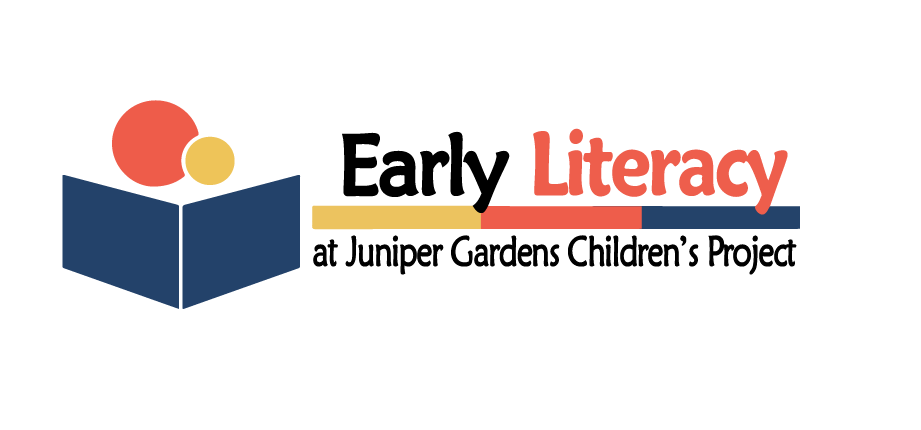CONTEXT
TEACHER
CHILD
STRUCTURE
1. Centers
2. Story Time
3. Large Group
4. Small Group
5. Individual Activity
6. Meals and Snacks
7. Clean‐Up, Set‐Up, Transition
8. Personal Care
9. Therapy
10. Restricted Access
11. None of Those Listed
12. Can’t Tell
TALK
1. Positive Feedback
2. Negative Feedback
3. Expansion, Repetition, Extension
4. Question ‐ Open Ended
5. Question ‐ Close Ended
6. Request for Action
7. Reading, Reciting
8. Singing
9. Exuberant Vocalization, Laughter
10. General Conversation
11. None
12. Can’t Tell
SOCIAL
1. Negative Social Behavior
2. Words ‐ English
3. Words ‐ Other
4. Communicative Gesture, Vocalization
5. Non‐Verbal Positive Initiation
6. Singing
7. Laughing
8. Social Attention
9. None
10. Can’t Tell
ACADEMIC CONTENT
1. Language/Literacy
2. Numeracy
3. Science
4. Social Studies
5. None of Those Listed
6. Can’t Tell
RECIPIENT OF TEACHER TALK
1. Focus Child Only
2. Child’s Group
3. None
4. Can’t Tell
SOCIAL PARTNER
1. Teacher
2. Other Professional
3. Other Adult
4. Individual Child
5. Group
6. None
7. Can’t Tell
LANGUAGE OF INSTRUCTION
1. English
2. Spanish
3. Other
4. ES Blend
5. EO Blend
6. None of Those Listed
7. Can’t Tell
LITERACY FOCUS
1. Phonological Awareness
2. Alphabet/Print Concepts
3. Comprehension ‐ Story
4. Comprehension ‐ Other
5. Vocabulary
6. Reading
7. Literacy Involvement
8. None of Those Listed
9. Can’t Tell
INVOLVEMENT
1. Sharing
2. Close Proximity
3. General Supervision
4. Not Involved
5. Can’t Tell
ENGAGEMENT
1. Competing Behavior
2. Writing
3. Reading Words or Letters Aloud
4. Academic Manipulation
5. Academic Verbal Response or Gesture
6. Academic Attention
7. Pretend Play
8. Music, Recitation
9. Non‐Academic Manipulation
10. Gross Motor
11. Eating, Drinking
12. Non‐Academic Attention to Materials
13. None of Those Listed
14. Can’t Tell
